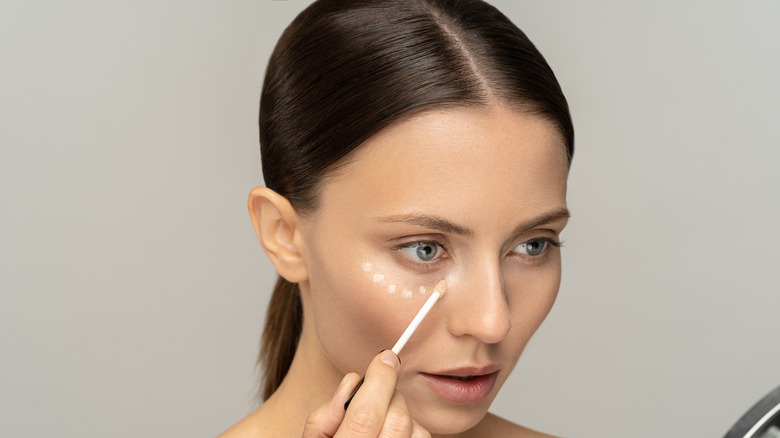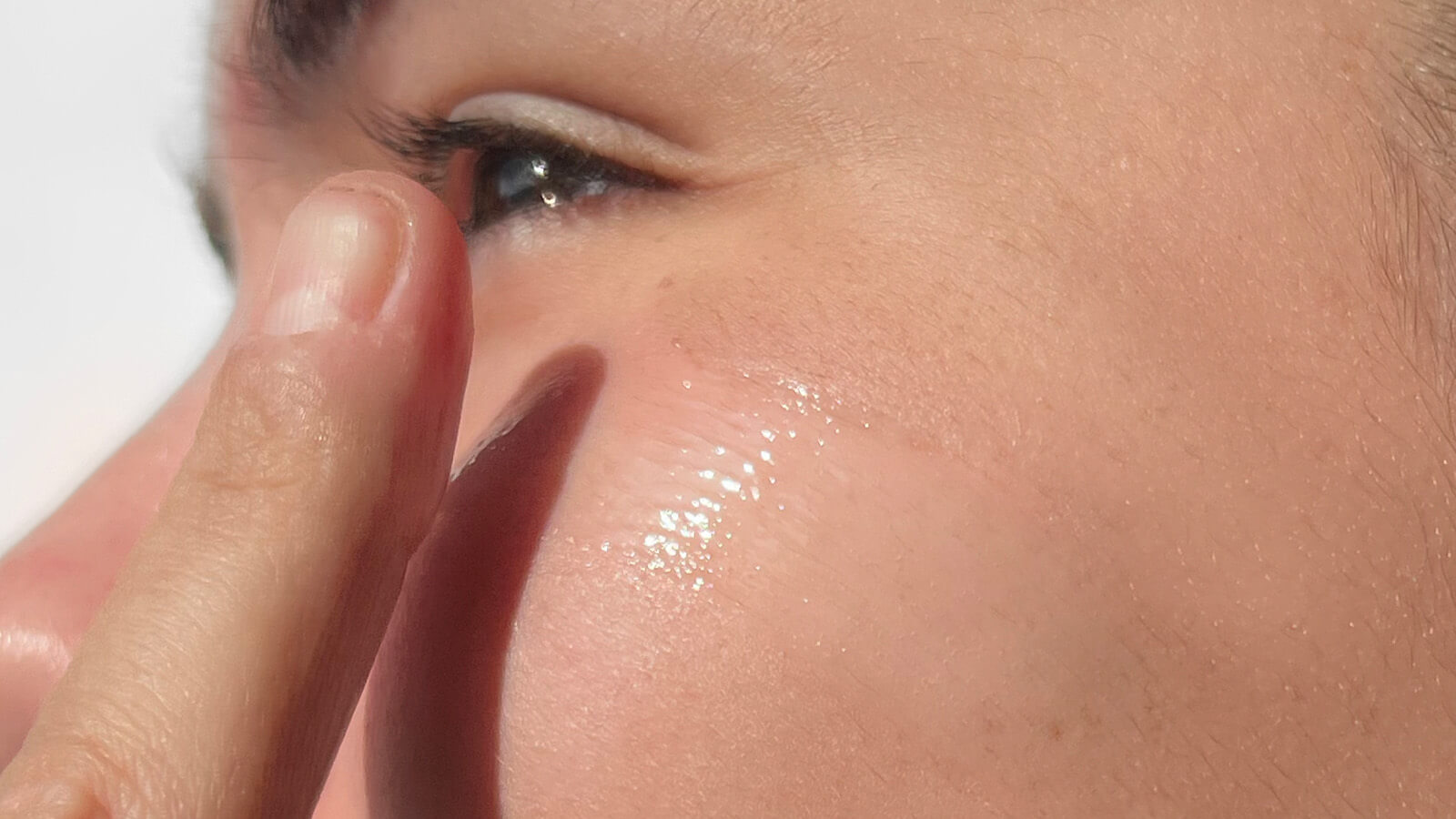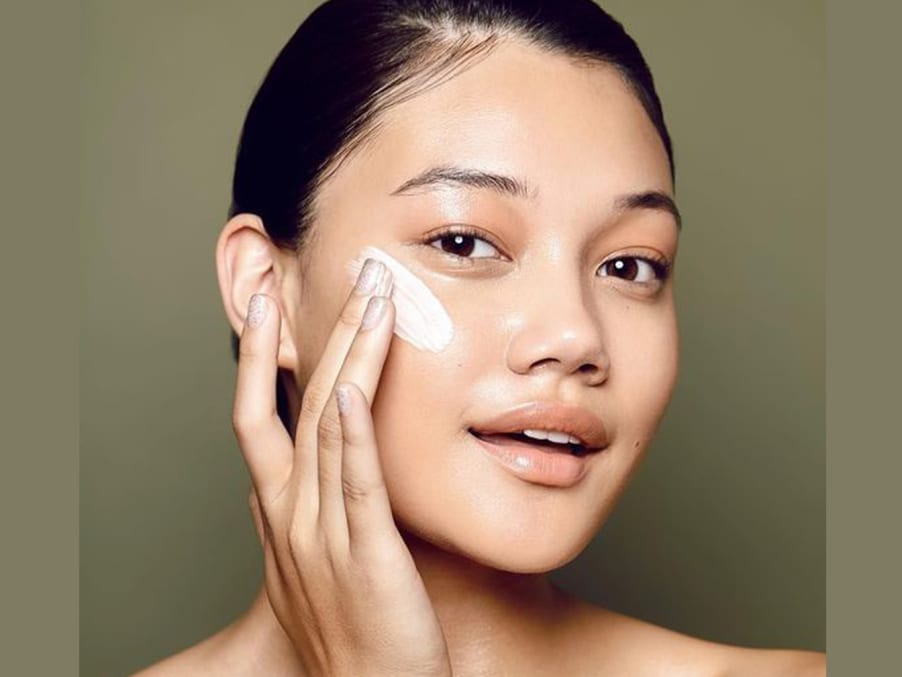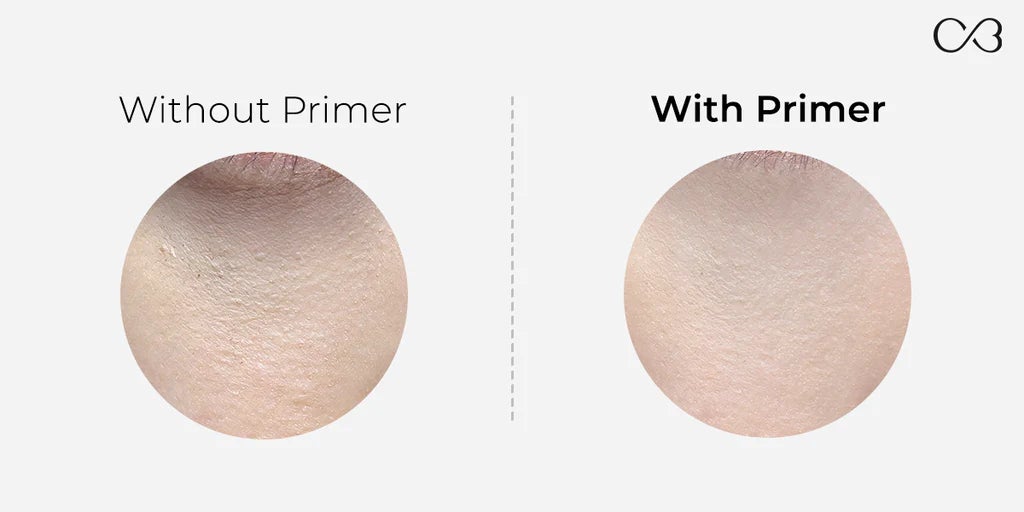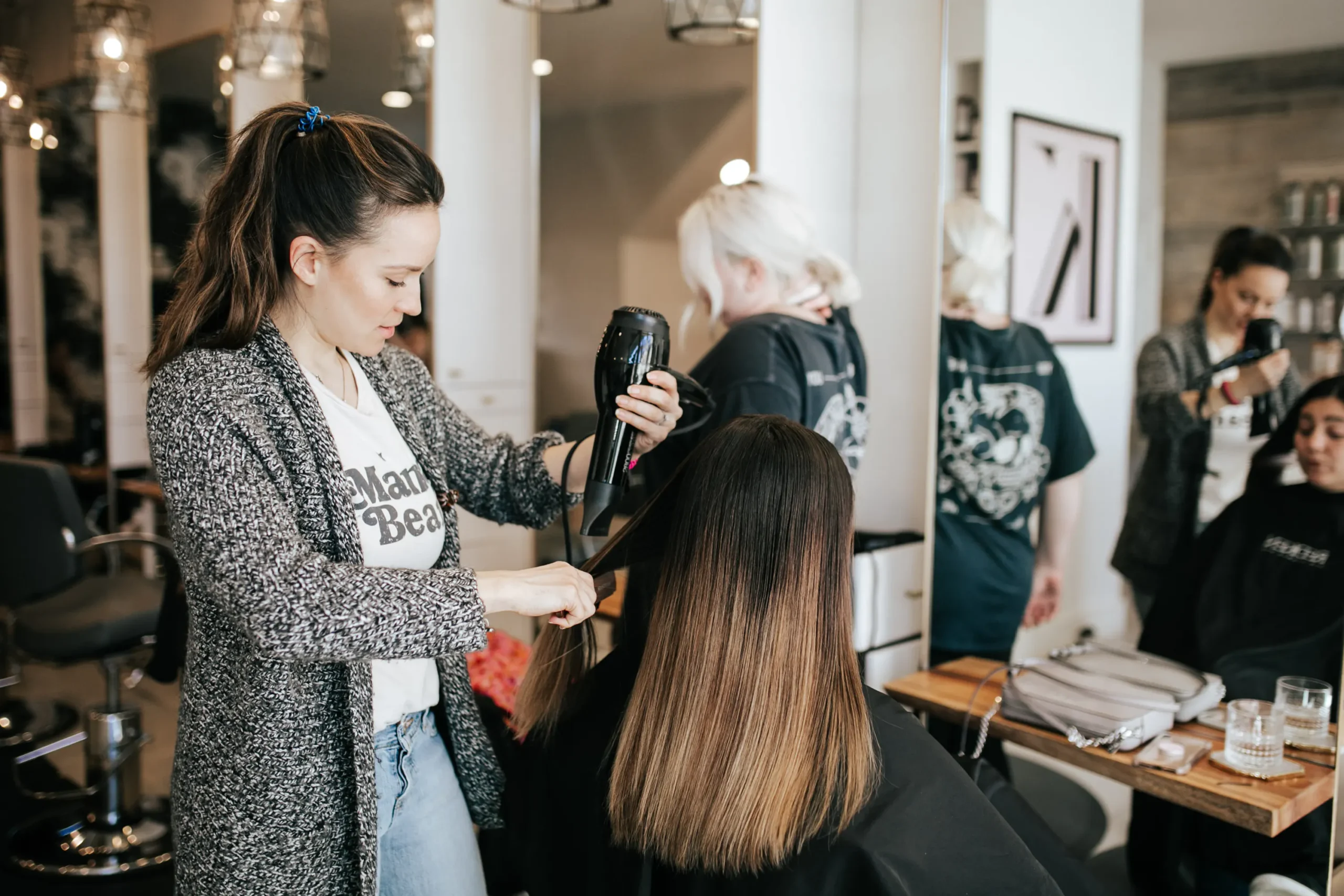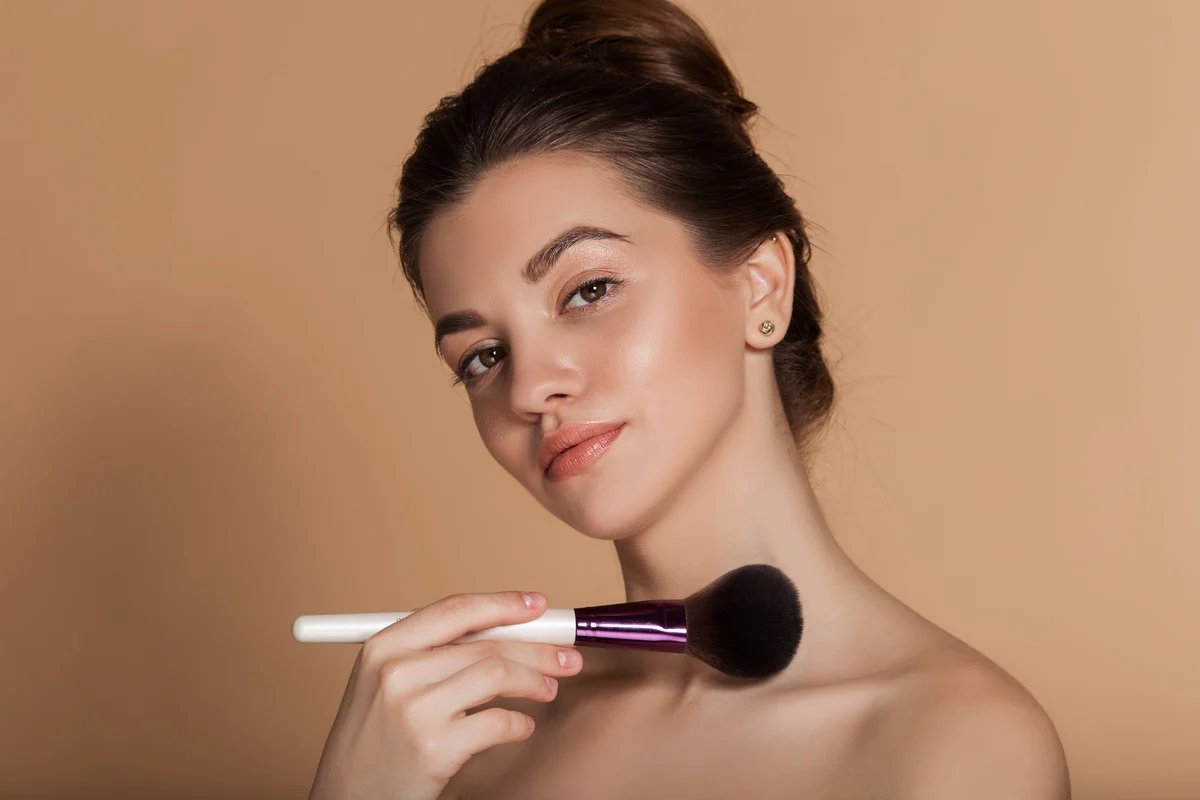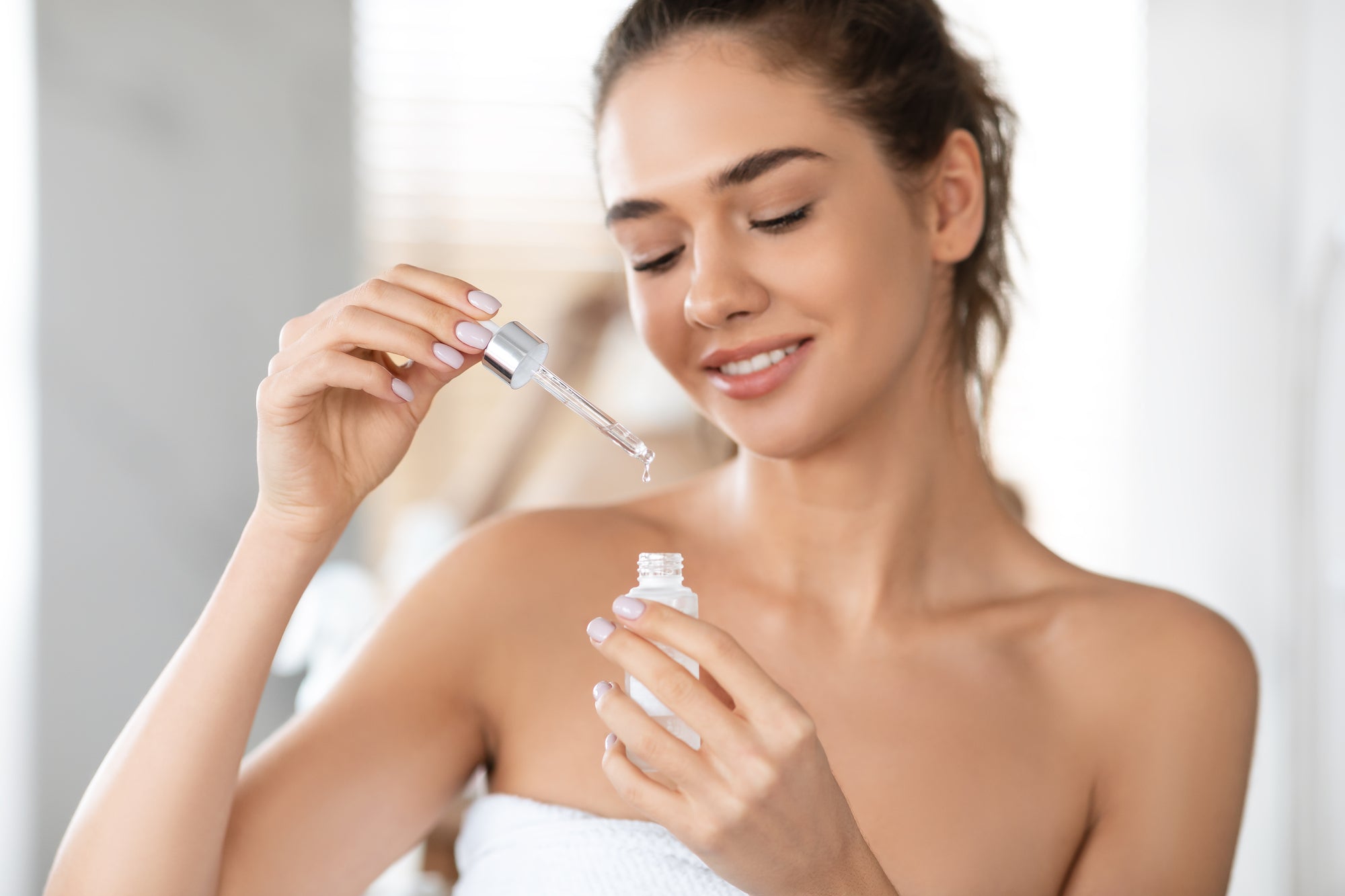Table of Contents
- What Is a Face Primer and Why It Matters
- How Different Skin Types React to Primers
- Key Ingredients to Look For
- Application Tips That Make a Difference
- Common Mistakes to Avoid
- Does Primer Replace Moisturizer or Sunscreen?
- Picking the Right Primer for Your Routine
- Final Word of Advice
- CTA: Find the Right Primer for Your Skin
What Is a Face Primer and Why It Matters
Face primer acts as a bridge between skincare and makeup. It prepares the skin before foundation or concealer, helping your makeup glide on smoother, last longer, and stay more even throughout the day. Primers can create a barrier that controls oil, hydrates, blurs pores, or color-corrects uneven skin tones.
While makeup artists have used primers for decades, they’ve become more mainstream thanks to the growing interest in long-wear and flawless-finish makeup looks. What once seemed like an optional step is now a staple for many people—especially those who wear makeup for extended hours.
How Different Skin Types React to Primers
Primers aren’t a one-size-fits-all product. The way your skin responds depends largely on its texture and needs.
-
Oily skin: A mattifying primer can absorb excess sebum and keep your T-zone shine-free throughout the day. Look for formulations with silica or clay for oil control.
-
Dry skin: Choose primers that have hydrating properties such as hyaluronic acid, glycerin, or shea butter. These lock in moisture and prevent foundation from clinging to dry patches.
-
Combination skin: A hybrid approach works best—using a mattifying primer in oil-prone zones and a hydrating one elsewhere.
-
Sensitive skin: Fragrance-free and non-comedogenic primers are less likely to cause irritation or clog pores.
Key Ingredients to Look For
The power of a primer lies in its ingredients. A few standouts include:
-
Dimethicone: A silicone-based ingredient that smooths out uneven texture and fills in fine lines.
-
Niacinamide: Helps reduce inflammation and can improve the appearance of enlarged pores over time.
-
Green tea extract: Offers antioxidant protection and soothes the skin, especially useful for sensitive or acne-prone faces.
-
Vitamin C: Brightens the skin and adds a radiant finish, suitable for dull or tired complexions.
Your specific concerns should guide what ingredients you prioritize. But remember, layering too many active ingredients can sometimes cause more harm than good.
Application Tips That Make a Difference
Applying primer correctly can boost your makeup performance. Start with a clean, moisturized face. Always wait a minute or two after your skincare to let everything absorb.
Use a pea-sized amount—too much can cause pilling. Warm the product slightly between your fingers and press it into your skin instead of rubbing. This method helps it settle into your pores and grip your foundation better.
Let the primer sit for about 60 seconds before applying foundation. This brief pause allows it to create a smooth canvas.
Common Mistakes to Avoid
Many people apply primer like moisturizer, slathering on too much and expecting miracles. More product doesn’t mean better results. It often leads to a cakey or uneven base.
Another error is skipping a skin-prep step. Even the best primer won’t perform if your face is dirty or your moisturizer is still wet.
Layering incompatible formulas is another issue. Water-based foundation doesn’t mix well with a silicone-based primer, for instance. Always check the base formulation to ensure compatibility.
Does Primer Replace Moisturizer or Sunscreen?
Short answer: absolutely not.
Primer is makeup prep—it doesn’t contain enough hydration to replace moisturizer or sufficient SPF to protect against sun damage. Always treat your skincare steps with the importance they deserve.
Your daytime routine should go: cleanser → moisturizer → sunscreen → primer → makeup. Skipping SPF or assuming your primer has you covered can lead to long-term skin issues.
Picking the Right Primer for Your Routine
Not all primers are about longevity. Some are created for specific goals: brightening, firming, hydrating, or mattifying. Choose according to what you want from your base.
For example, if you want makeup that stays put for an all-day shoot or wedding, opt for a long-wear primer. If you’re doing a casual brunch look, a lightweight hydrating primer will do just fine.
There are even primers designed specifically for mature skin, with light-reflecting particles that soften the appearance of fine lines. Those with acne-prone skin can find primers with salicylic acid or tea tree oil to gently keep breakouts at bay.
If you’re looking to improve makeup longevity and reduce shine, a face primer can serve as the ideal base layer—just make sure it suits your unique skin needs.
Final Word of Advice
If you’re new to primers, don’t rush into buying the most hyped product. Start with a sample if possible and observe how your skin behaves throughout the day. A primer’s true test lies in its performance after hours of wear, not just in the first 10 minutes.
CTA: Find the Right Primer for Your Skin
Before you invest in another foundation or setting spray, take a moment to consider your base. Finding a primer that fits your skin type can transform your makeup game. Start with samples, compare ingredients, and watch how your makeup reacts—because a good primer doesn’t just extend wear, it elevates everything on top.
